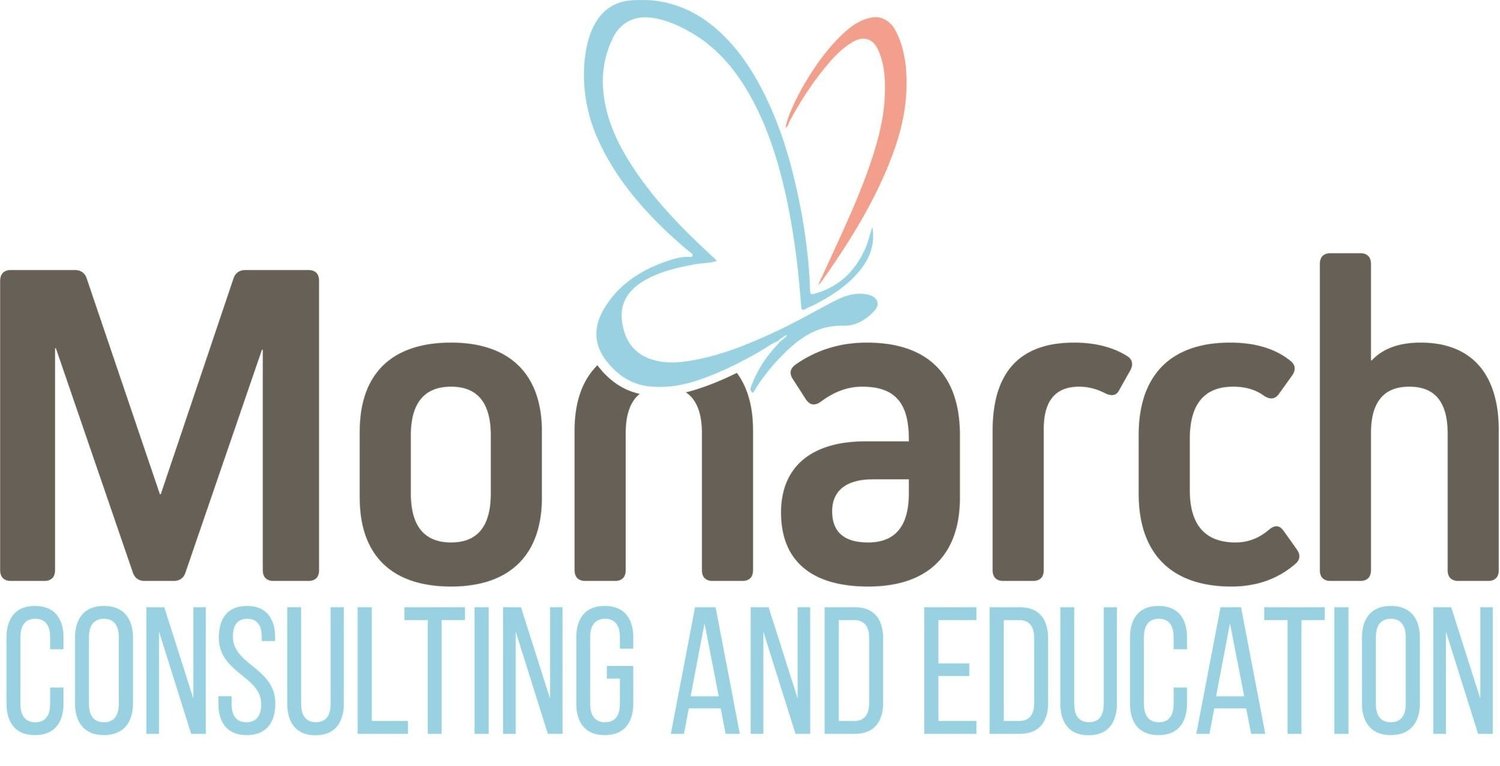Make a difference, and Stand Out in your profession!
Advanced Manual Therapies for Post-Plastic Surgery Clients
Course Title: Advanced Manual Therapies for Post-Plastic Surgery Clients (Cosmetic Surgery)
Provider: Monarch Consulting and Education (Monarch CE) – Approved NCBTMB CEU Provider
Instructor: Carmen Recupero, BS, LPTA, CMT, CLT-LANA – Licensed Physical Therapist Assistant and Certified Massage Therapist with specialty certification in lymphatic therapy. Carmen has 25+ years of clinical experience in rehabilitation and post-surgical care and is the founder of Monarch CE. (Full credentials and bio available upon request.)
Course Description:
This advanced 3-day live virtual course (with in person option), trains licensed manual therapists (LMTs, PTs, PTAs, CLTs, etc.) in specialized techniques for post-cosmetic surgery care. The curriculum covers the anatomy and physiology of the lymphatic system, an overview of common cosmetic surgical procedures (face, neck, and body) and their post-operative implications, and evidence-informed manual therapies to improve recovery. Through interactive lectures, demonstrations, and case discussions, participants learn to manage post-surgical edema, pain, fibrosis, seromas, and scars. Emphasis is placed on Manual Lymphatic Drainage (MLD), scar mobilization, compression garment strategies, and patient education – all aligned with current best practices and Virginia Board requirements. Upon completion, therapists will be equipped to safely and effectively support cosmetic surgery patients’ healing process, optimizing outcomes and patient well-being.
Learning Objectives: Upon completion of this course, participants will be able to:
Explain relevant anatomy & physiology of the lymphatic and venous systems as they relate to edema and healing in post-cosmetic surgery patients
Identify common cosmetic surgery procedures of the face, neck, and body (e.g. liposuction, abdominoplasty, breast augmentation, facelifts) and describe their primary goals and typical functional impacts or complications.
Recognize common post-operative complications (pain, swelling, bruising, seroma, hematoma, infection, scar adhesions, etc.) and differentiate normal healing responses from red-flag issues requiring medical referral.
Demonstrate proficiency in manual therapies for post-surgical care, including performing basic MLD techniques to reduce edema, gentle range of motion and massage and other soft tissue techniques to improve mobility, and the safe integration of adjunct modalities (e.g. kinesiotaping, gentle myofascial release).
Apply advanced scar management strategies to minimize fibrosis and optimize scar healing, such as implementing scar massage protocols and utilizing silicone gel or compression to prevent hypertrophic scarring.
Utilize compression garments and positioning effectively to control swelling and support tissue healing, including proper fitting education and advising on duration of use.
Educate and support patients through the recovery process, addressing psychosocial aspects (e.g. anxiety, body image concerns) and providing guidance for home care, warning signs, and maintaining realistic expectations for recovery.
Instructional Methods:
Live Lecture/Presentation: Instructor-led presentations (via webinar) with slide deck, covering theoretical content and evidence background.
Demonstration Videos: Live or pre-recorded demonstrations of MLD strokes, scar massage techniques, compression wrapping, etc., with instructor commentary.
Interactive Q&A and Discussion: Real-time question-and-answer sessions each day; group discussions of clinical scenarios to reinforce decision-making
Case Studies: Analysis of sample post-surgery patient cases (e.g. post-liposuction with seroma) in virtual breakout groups, followed by group debrief
Practical Lab (Virtual): Guided self-practice of manual techniques: participants follow along with instructor (on themselves or a volunteer, as feasible) to practice hand motions for MLD and scar mobilization. Instructor provides feedback and answers technique questions.
Visual Aids: Clinical images, anatomical diagrams, and short animations used to illustrate key points (e.g. lymphatic drainage pathways, before/after swelling).
Assessments: Knowledge checks throughout (poll questions during lecture) and a final post-test quiz to ensure comprehension.
Course Outline & Time Breakdown: (Total 22.5 hours live instruction)
Day 1 (7.5 hours total):
Introduction and Pre-Test (0.5 hr): Welcome, course overview, initial knowledge quiz/discussion of participants’ experience.
Section 1: Anatomy & Physiology Review (1.5 hr): Lymphatic system anatomy, circulation physiology, and wound healing phases; includes Q&A.
Section 2: Cosmetic Surgery Procedures Overview (2.5 hr): Descriptions of common face, neck, and body cosmetic surgeries. For each, discuss goals, basic surgical process, and immediate post-op considerations or precautions (e.g. areas of lymphatic disruption). Includes short breaks and group discussion of any cases participants have seen.
Section 3: Post-Op Complications and Healing (2.0 hr): Detailed look at common complications: pain (pain management approaches), edema (stages of swelling), bruising, seroma vs. hematoma differences and incidence, infection signs. Discussion of factors affecting healing (age, health, extent of surgery). Interactive poll: “What complications have you managed?” and group sharing. (15 min break midway.)
Day 1 Wrap-Up (0.5 hr): Summary of Day 1 key points, preview of Day 2 (manual techniques). Participants’ questions addressed.
Day 2 (7.5 hours total):
Section 4: Manual Lymphatic Drainage (MLD) Techniques (2.0 hr): Instruction in MLD principles and step-by-step techniques for face and body. Live demonstration by instructor on a model (or video) showing proper hand motions, sequences (e.g. neck lymph node clearing then distal to proximal strokes). Participants practice along (as able) and receive feedback. Emphasize indications, contraindications, and intensity (gentle pressure). Cite current evidence on MLD benefits in cosmetic surgery recovery (e.g. reduced post-op swelling, improved comfort)
Section 5: Other Manual Techniques & Adjuncts (1.5 hr): Training in additional hands-on therapies: gentle myofascial release for tight areas, scar massage techniques (demonstration of cross-friction and circular scar massage on healed incisions), range of motion exercises to prevent stiffness, and use of modalities (if any in scope, e.g. vibration devices or low-level laser for scar). Also cover adjunct therapies like kinesiology taping for swelling and recommended home-care exercises. (Includes a short break and Q&A after demos.)
Section 6: Compression Garment Application (1.0 hr): Discussion and demonstration of compression garments/bandaging. Explain proper fitting, levels of compression, and precautions (avoiding folds, not too tight to impair circulation). Participants will be shown examples of abdominal binders, arm and chin/face compression wraps used post-surgery. Evidence on outcomes with compression presented (e.g. reduced edema/bruising) Also address the limits of compression (e.g. not a guarantee to prevent seromas but standard practice for support).
Section 7: Managing Seromas and Complications (1.0 hr): Focus on specific complication management strategies. For seromas: how to identify them, when to refer for aspiration, and conservative measures therapists can take – manual drainage and compression to encourage reabsorption. For fibrosis: techniques like deeper massage or instrument-assisted soft tissue mobilization once appropriate. Includes caution on scope of practice (distinguishing what therapists handle vs. surgeon-managed). Group discussion of experiences managing these issues.
Section 8: Psychosocial Support & Patient Communication (0.5 hr): The therapist’s role in patient education and emotional support. Role-play scenarios on communicating with anxious post-op patients, setting expectations (e.g. timeline for swelling resolution), and collaboration with surgeons (when to report issues).
Day 2 Wrap-Up (0.5 hr): Review key techniques learned. Open Q&A.
Day 3 (7.5 hours total):
Section 9: Case Studies and Integration (2.0 hr): Interactive analysis of comprehensive case examples. Case 1: Post-abdominoplasty patient with moderate edema and limited ROM – develop a treatment plan (MLD, exercises, garment, scar care). Case 2: Post-BBL (Brazilian Butt Lift) patient with a seroma – discuss identification and coordination with surgical team. Case 3: Post-facelift patient concerned about lumpiness (fibrosis) – plan manual therapy and patient education. Participants break into small groups virtually to outline management for each case, then share insights. Instructor provides feedback, highlighting best practices.
Section 10: Advanced Topics and Current Evidence (1.5 hr): Mini-lectures on special topics: e.g. “Enhanced Recovery After Surgery (ERAS) in plastics” – how pain management, nutrition (arginine, bromelain, etc.) and early mobilization contribute to outcomes; Latest Research on lymphatic therapy (summarize any new studies 2022–2025 on post-op manual therapy). Encourage participants to critically appraise and integrate new evidence into practice.
Section 11: Assessment (1.0 hr): Administer the 15-question multiple-choice post-test quiz covering all course objectives. Participants complete the quiz individually online. The instructor then reviews each question with the group, reinforcing correct answers and clarifying misconceptions as a final learning opportunity.
Section 12: Conclusion and Evaluation (0.5 hr): Final Q&A – address any remaining questions. Provide take-home reference list and resources for further study. Course evaluations are collected (feedback on content, instructor, delivery). Certificates of completion are issued to those who attended fully and passed the quiz (≥70% score).
Day 3 Wrap-Up (0.5 hr): Closing remarks by instructor, encouragement for clinicians to apply skills in practice, and information on contacting Monarch CE or instructor for mentorship/follow-up.
Labs throughout to include but not limited to:
Identify the physiological phases of recovery following common plastic surgery procedures.
Demonstrate appropriate manual lymphatic drainage (MLD) techniques for acute and subacute post-surgical phases.
Apply safe soft tissue and fascial techniques to reduce fibrosis, improve comfort, and promote recovery.
Adapt techniques based on surgery type (abdominoplasty, liposuction, facelift, breast augmentation/reduction).
Recognize contraindications and red flags that warrant physician referral.
Completion Requirements: Participants must attend the entire 22.5-hour course, actively participate in learning activities, and achieve a passing score on the post-test. Those who meet these requirements will receive a certificate of completion and the designated CEU credits. Records of attendance and exam results will be kept on file as required by the Virginia board. Practical applications of MLD (one day overview) is a prerequisite for non-MLD or CLT certified therapists. This is available under the “Webinars” tab for $99.

